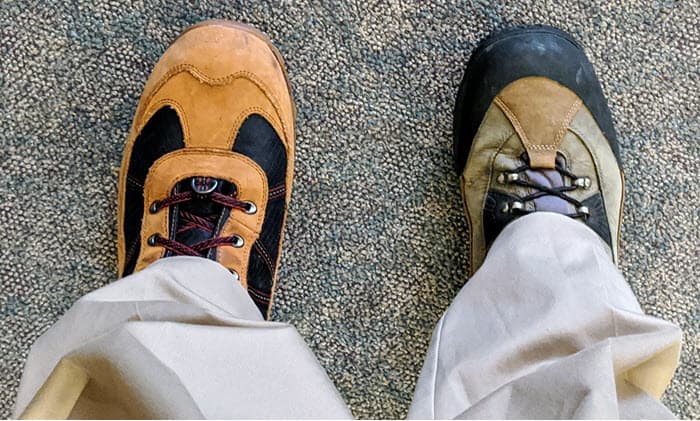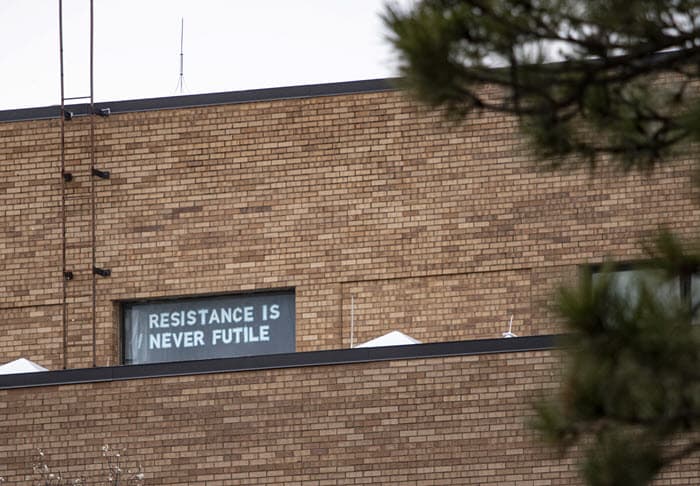Why talking about AI has become like talking about sex
Why talking about AI has become like talking about sex
By Doug Ward
We need to talk.
Yes, the conversation will make you uncomfortable. It’s important, though. Your students need your guidance, and if you avoid talking about this, they will act anyway – usually in unsafe ways that could have embarrassing and potentially harmful consequences.
So yes, we need to talk about generative artificial intelligence.

